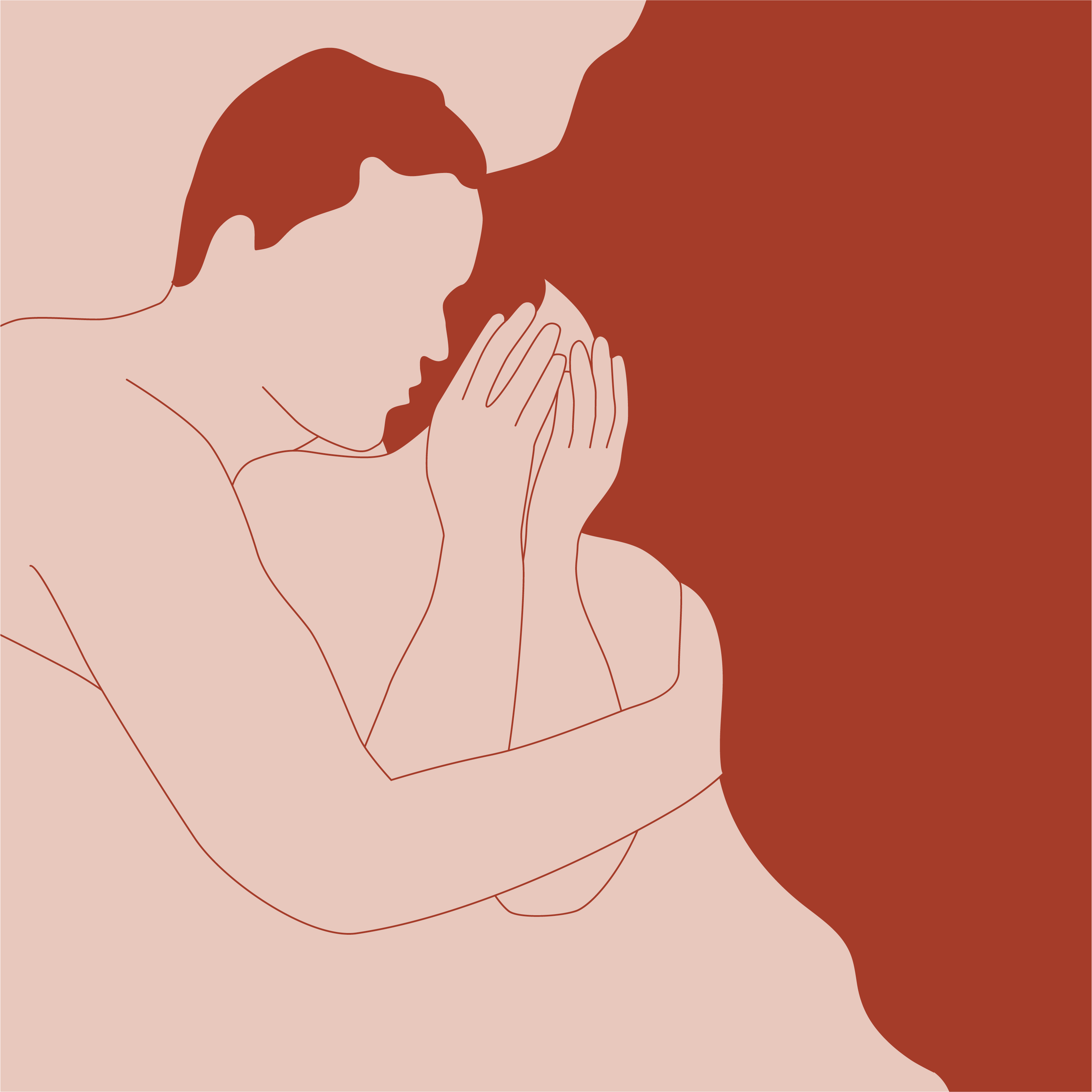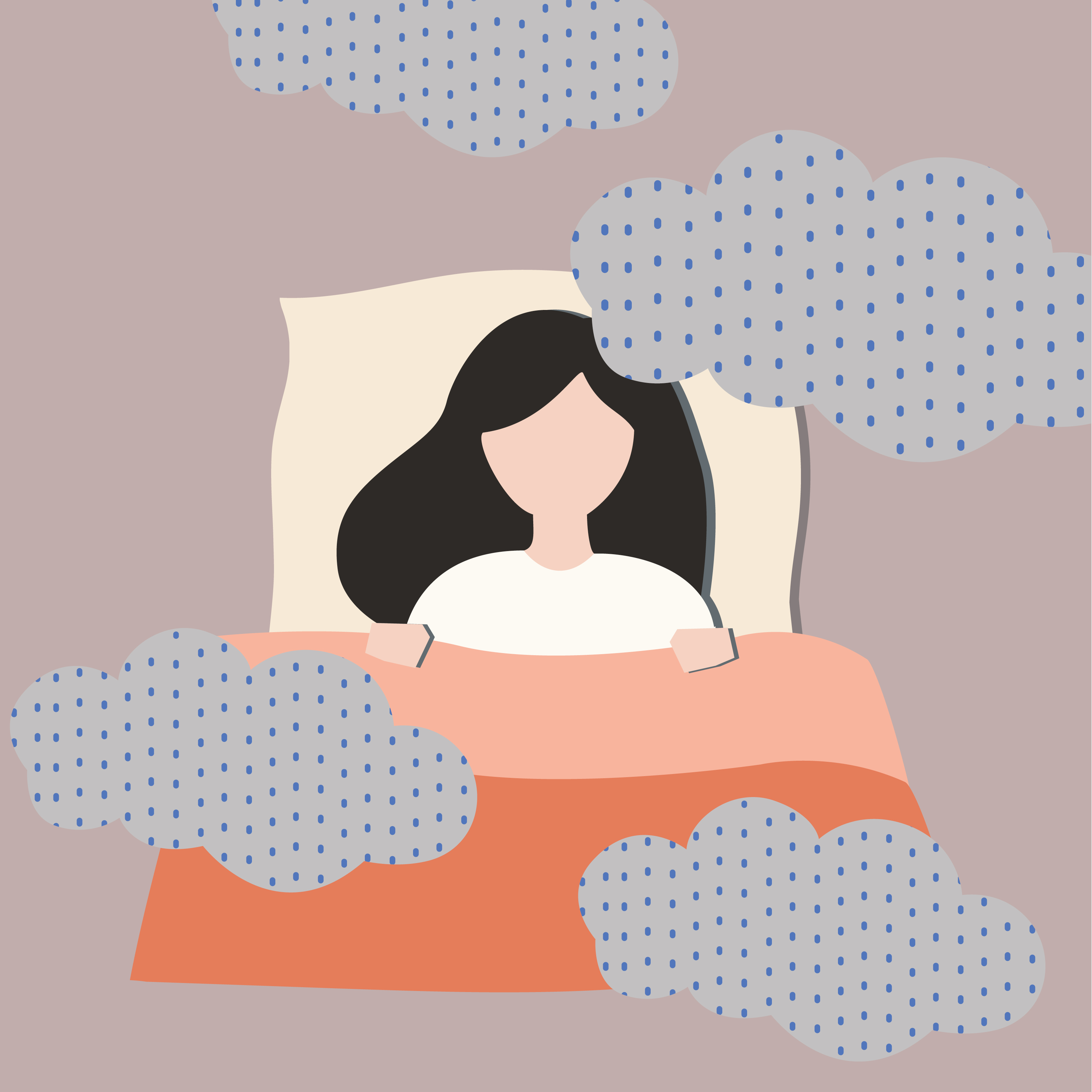Oct 29, 2021
SEVEN SUSTAINABLE SWITCHES TO MAKE AT HOME
For Queensland-based Kira Simpson, the key to sustainable living is all about simple switches and starting small. The Green Hub founder regularly shares her tricks and tips and makes the process feel achievable and not overwhelming. That’s why we asked her here, to help us with seven sustainable switches to make at home. But first, let’s get to know a little bit about her.
ON HER UPBRINGING AND HOW IT’S INFLUENCED HER LIFESTYLE TODAY
“I grew up in a normal household in the ‘burbs in Sydney. I didn’t know anything about sustainability. My parents weren’t particularly environmentally conscious so it wasn’t something that was ingrained in me at a young age.
Looking back now I remember that my mum made everything from scratch and didn’t throw anything away. Those habits were instilled in me at a young age and I consciously implemented them in my adult life.
I think the biggest thing that influenced me in my younger years were my hobbies and what we would do on the weekends. Before Castle Hill got completely redeveloped it was a massive bushland and we bushwalked and camped there on school holidays and it made me appreciate nature.”
ON HER LOVE OF SUSTAINABILITY AND THE AHA MOMENT
“My major at university was paleobiology and a lot of my classes centred around the earth and environmental science. That’s what opened my eyes to all the major issues facing the planet such as climate change, plastic pollution and so on.
It wasn’t until three or four years later that my lifestyle changes started. It began with cleaning products: I read the ingredients list and realised what I was washing down the sink. So, we changed to more eco-friendly products.
My husband Dave decided to buy a compost bin without even realising the impact that food waste has on the climate. We just wanted to be a little bit greener and have some compost for the garden.
From there it was learning about plastic pollution and investing in a reusable coffee cup. It was one small swap after another for three or four years before I started my blog.
Some people come to the lifestyle through social media and take it all on at once, but back then in 2013, there wasn’t a movement to learn from. I was just making the changes myself and realising that the choices we make have the power to shape the planet.”
ON WHY SHE STARTED GREEN HUB AND HER MISSION
“The reason why I started the blog was to lead by example and show people how to live a sustainable life. It started as my personal blog and I was sharing my low-waste living tips to friends and family who were making changes because of things I was doing. Not because I was telling them to go and do it but because they’ve seen me and asked me personally about it.”
ON HOW TO KICK-START YOUR OWN SUSTAINABLE LIFESTYLE
Maybe your focus could be plastic pollution, and you’re asking yourself, how can I help? Well, you could pick three products. As an example: rice, pasta and sugar. Then take a jar from home and go to a bulk food store and fill it up. Once a fortnight you will be saving three pieces of plastic.
What I like to tell people about those changes is that it’s not so much about the swaps that you’re making personally. It’s more about the mindset shifts that come with the individual actions that we take. It starts with things such as reducing plastics, or learning how to compost, but when you’re more awake and more aware of the issues then you feel activated.”
ON THE PERIOD CARE PRODUCTS THAT SHE INCORPORATES INTO HER ROUTINE
“I went off contraceptive six years ago and ever since then my cycle has been spot on and I can track it to the day. Which is great because it means I know when it’s coming and I can take products with me and be prepared. I use TOM Organic period briefs all the way through from day one.
I use the lighter absorbency (bikini brief) for the first and last few days. And then I use the heavier absorbency (mid-rise brief) for the middle and also overnight. And also, if I’m going out, I use the mid-rise brief so that I feel really secure.
It is one of the easiest things that you can do. I really don’t know why more people don’t make the switch to the briefs, honestly! It feels like wearing normal underwear that’s slightly thicker. I have a little pouch that I take with me when I need to change pairs or you could use a zip lock bag (I know it’s plastic, but it works). It’s no different to carrying around a box of tampons or pads in your handbag. I received my first pair of TOM briefs last year so it’s been nearly 18 months and they haven’t changed shape or stretched and there’s been no change to their absorbency.”
ON SEVEN SIMPLE SUSTAINABLE SWITCHES TO MAKE AT HOME
THE KITCHEN
I think food waste is the biggest issue as it contributes to 8% of total global greenhouse emissions. And Australia is terrible. We are the country with the highest waste per capita. A lot comes from not being able to store your food properly so it goes off.
My tips:
- Plan weekly groceries. Plan your weekly meals and stick to it. If you find that you buy too much, then shop twice a week or every day if you have to.
- Eat leftovers, or freeze them, or share them with friends and neighbours.
- As soon as you get home from the shops make it a habit to prep your food. Some tips for storage: wash everything. Place leafy greens into airtight containers with a paper towel or a tea towel to soak up the moisture and keep it fresh and crispy. Leafy greens such as kale and herbs can be stored in a jar with water. Carrots can last up to one whole month in water.
- Another tip: you can freeze loads of leafy produce. Such as spinach, which you can blend with some water and then pour into ice cube trays. Or even herbs blitzed with water or olive oil can be frozen and turned into little green flavour bombs.
- Do a stocktake at the end of each week. Store food that needs to be eaten first in one side of the fridge crisper. If you have kids you could even have a little box in the fridge that says ‘eat me first’ so they know.
THE LAUNDRY
Switch to eco-friendly products with natural ingredients. It’s a win, win: they’re gentle on your clothes and better for the environment. I use Eco Store for everything because they’re affordable, accessible and the bottles are made from cane sugar which is completely renewable and has less carbon emissions. The bottles are also curbside recyclable.
Additional tips: Always wash clothes in cold water and air dry. Which is actually better for your clothes anyway as it keeps them in shape to last longer.
THE BATHROOM
Changing to sustainable period care is one of the easiest swaps to make. It doesn’t require any pre-planning: you go to the shops and purchase the products and you have them ready to use each month. Easy.
And it’s a big change to make too considering that the average person uses at least 12,000 disposable period products in their lifetime. It’s a lot. I started using TOM Organic nearly ten years ago and they were the only brand in Australia offering organic cotton tampons. Now I use period undies.
Personally, I think accessibility is a big issue with sustainability. When I compared what was available, I noticed that TOM Organic is about ten dollars a pair cheaper than other local brands which is a huge savings for a lot of people. Particularly when you need to buy five or six pairs to start yourself off.
Other than period care, the bathroom is one area of the house where I am not very low waste at all. I like certain products when it comes to my hair and skin care, so I recycle everything via TerraCycle and there are loads of drop off points which makes that easy.
BEDROOM
Focus on fashion and wear what you have before buying something new. Ask yourself this: do I need something new or do I have something here that will serve the same purpose? Wear your clothes more and stop saving things for ‘special occasions’.
We wear something like 20% of our wardrobe 80% of the time. If you do need something new then cost per wear should be top of mind.
LIVING ROOM
Make your next purchase a second hand one with Gumtree and Market Place. There’s so much good quality furniture out there. Especially if you’re younger, instead of going to the high street store, you could find great quality pieces that are second hand.
If you are in a position to spend more on furniture then support local creators and makers.
OFFICE
It’s an easy one: delete emails. Most emails are stored on the cloud and cloud storage uses a lot of electricity which is generated by fossil fuels. Many people don’t realise this.
GARDEN
My suggestion is less lawn and more plants. Lawns are thirsty and require a lot of water. I don’t know where this movement of lush green lawns and watering them every day came from! But, if you own your own home or if your landlord will let you, then plant shrubs and small gardens, flowers —stick to natives which require less water — and even herb gardens. They’re ‘set and forget’, and low maintenance. It’s also going to improve local biodiversity.
If you’re in a position to, then pop your compost into the garden. If you live in an apartment or rental space without a garden, there’s a app called ShareWaste that’s available all through Australia – it connects you to people who will come and collect your food waste.
Blogs

Jun 08, 2022
EXPLORING PERIOD CARE IN CULTURES AROUND THE WORLD
Our TOM Talks panelist Sabina McKenna explores how different cultures around the world approach period care.
Read More
Jun 08, 2022
STOP APOLOGISING FOR HAVING YOUR PERIOD
Our TOM Talks panelist Mel Mason talks about the importance of not apologising for having your period.
Read More
Jun 07, 2022
STRESSED? NOT SLEEPING? TRYING TO CONCEIVE?
TOM Talk's panelist Georgia Hartmann discussed the links between stress, sleep and fertility.
Read More
Jun 07, 2022
STRESS AND HOW IT AFFECTS YOUR SEX DRIVE
Certified sex coach Georgia Grace is here to unpack the link between stress and sex.
Read MoreProducts